Evidence Based Nursing Practice
VerifiedAdded on 2022/12/27
|5
|892
|39
AI Summary
This article explores the differences and similarities in the perceptions of clinical alarms by labor nurses and ICU nurses. The study design was qualitative and descriptive, conducted using focused groups. The results indicate that false alarms and overmonitoring contribute to alarm fatigue among labor nurses. The authors suggest the need for improvement in clinical alarms and monitoring technology. The article provides valuable insights for nurses and healthcare professionals.
Contribute Materials
Your contribution can guide someone’s learning journey. Share your
documents today.
1 out of 5
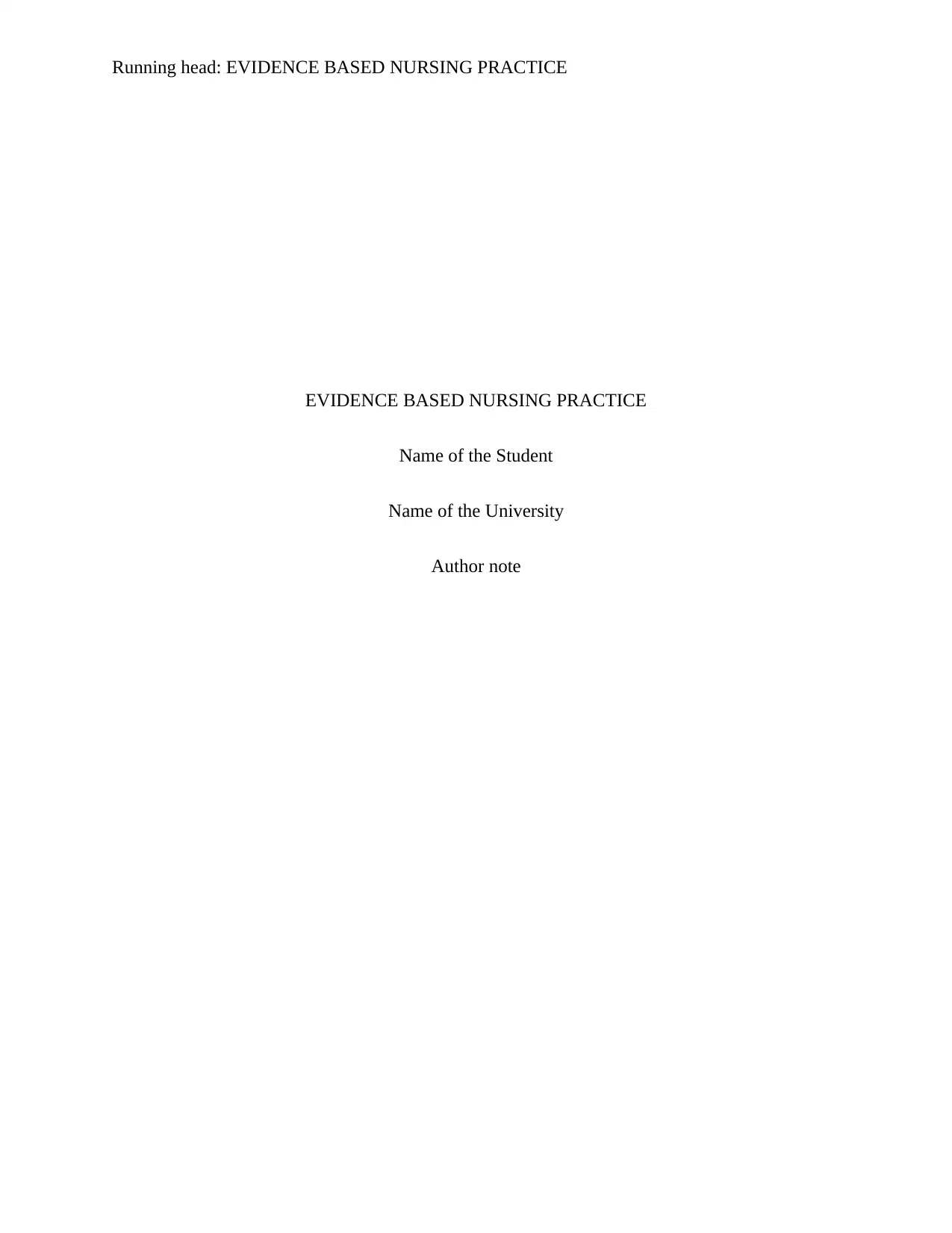
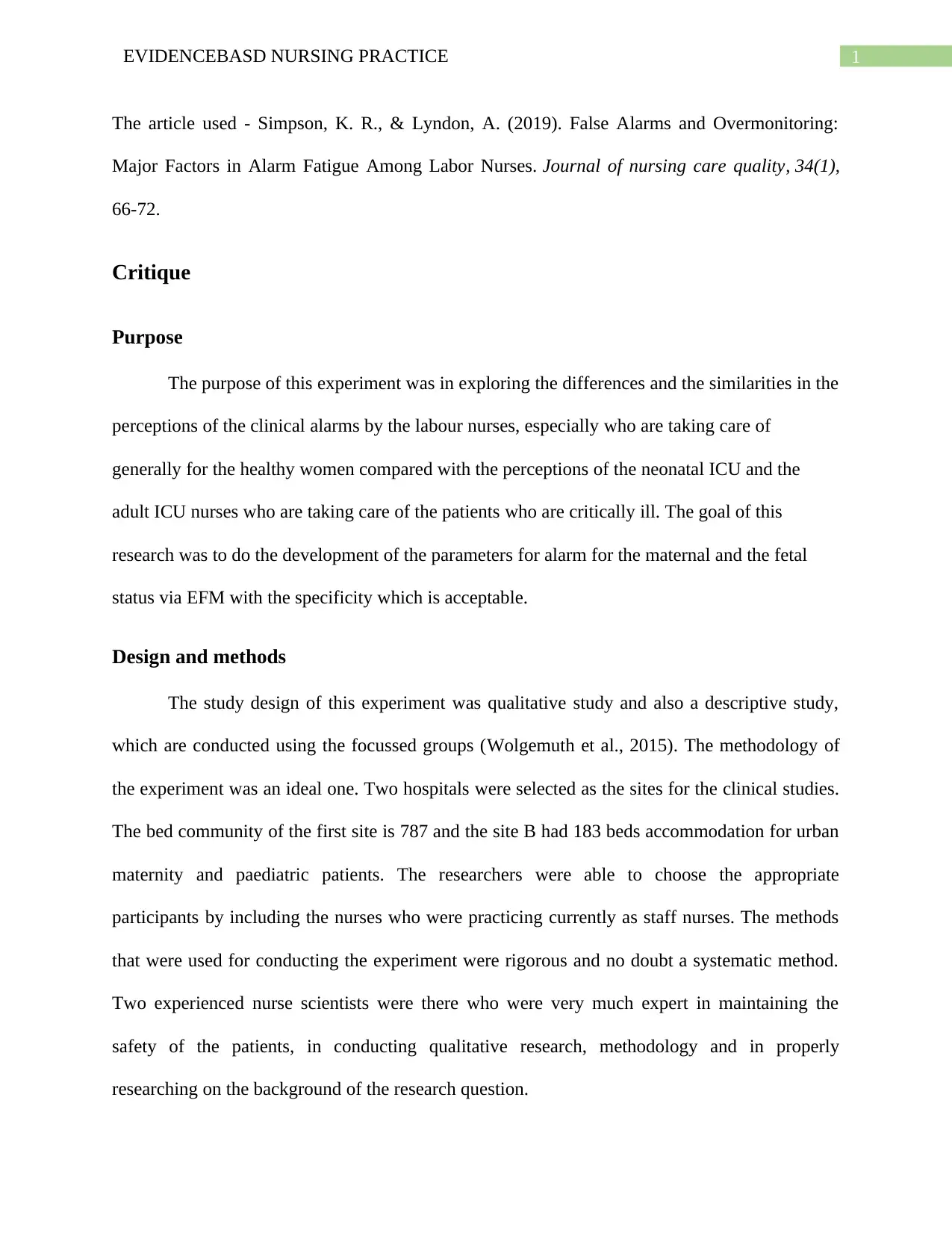
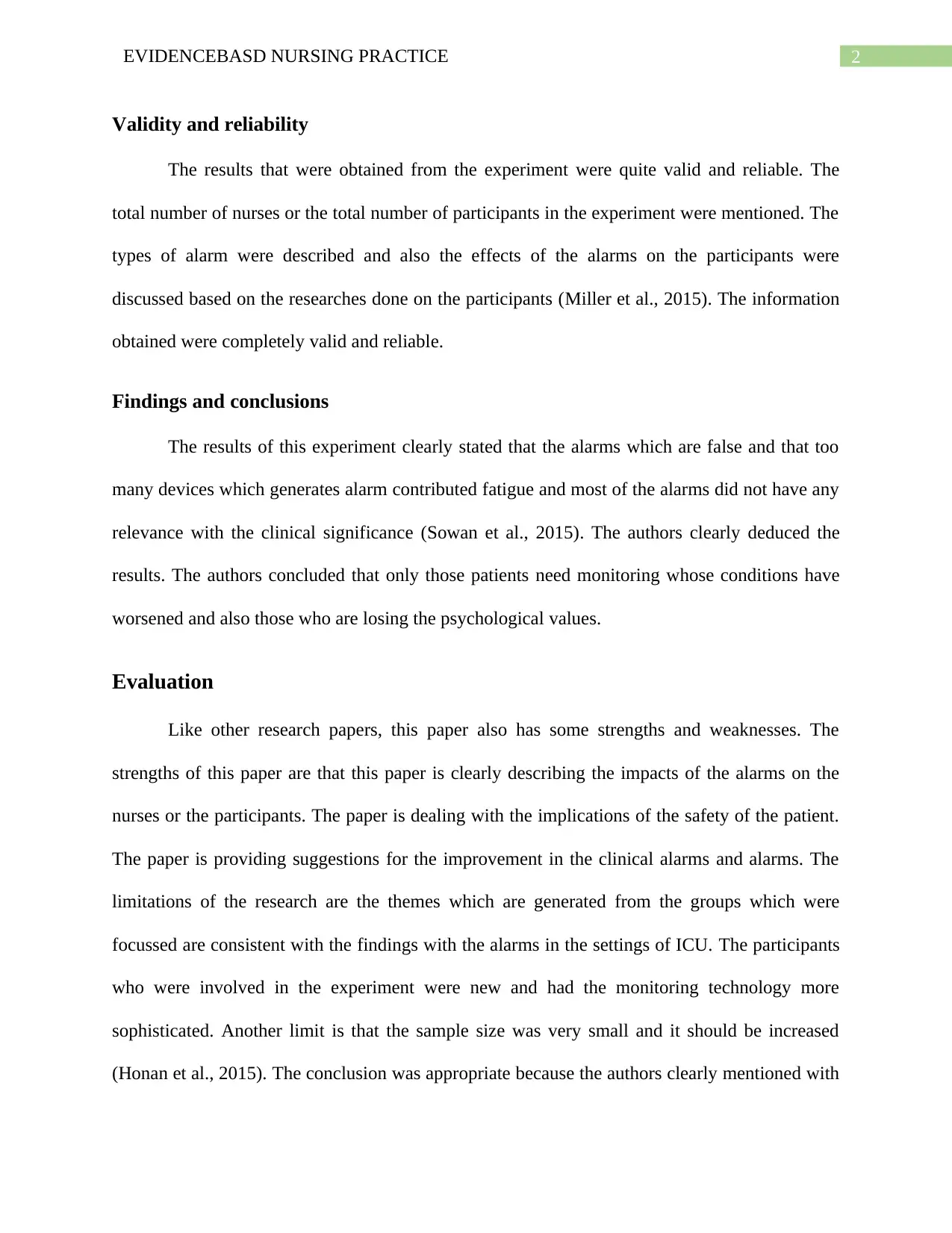
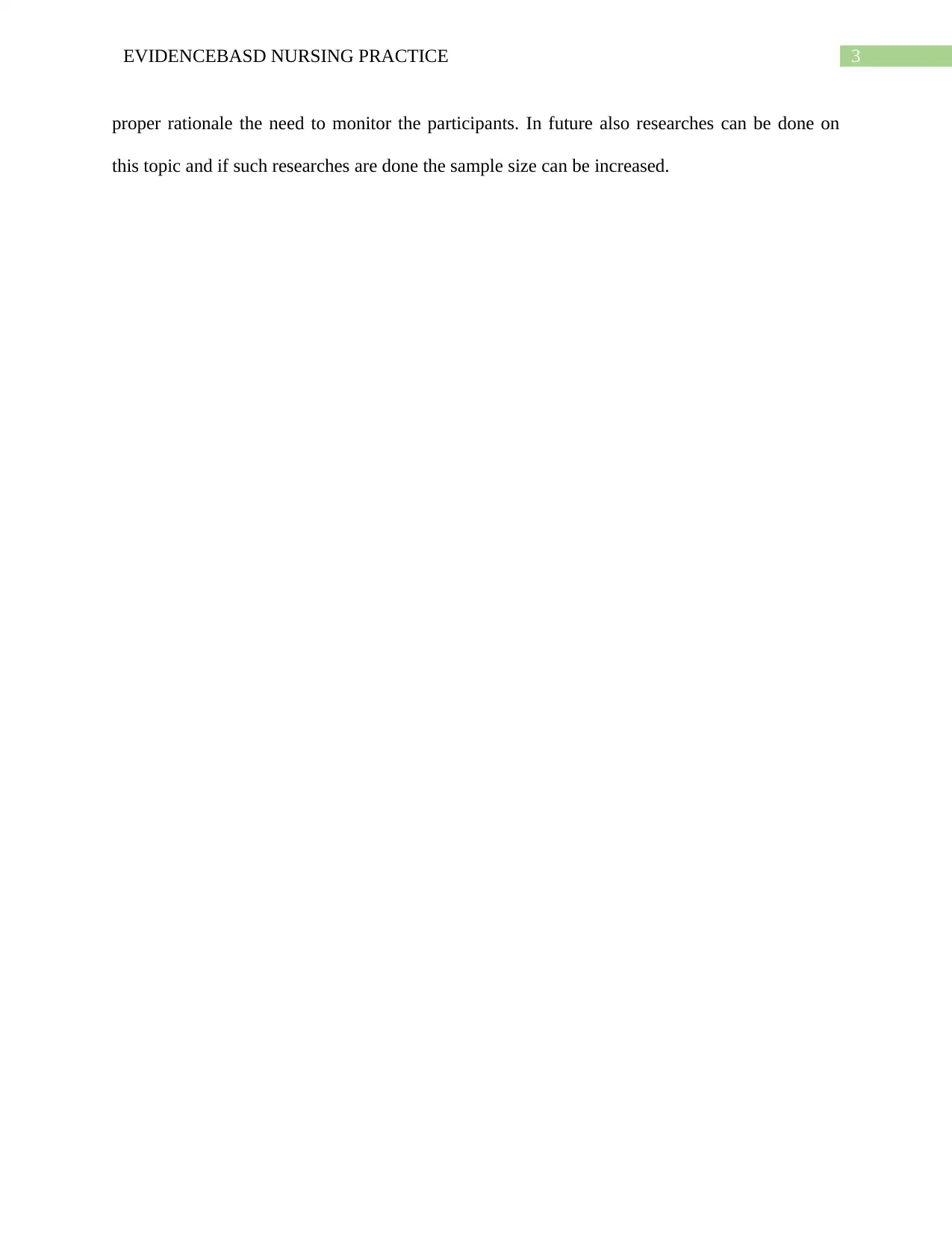
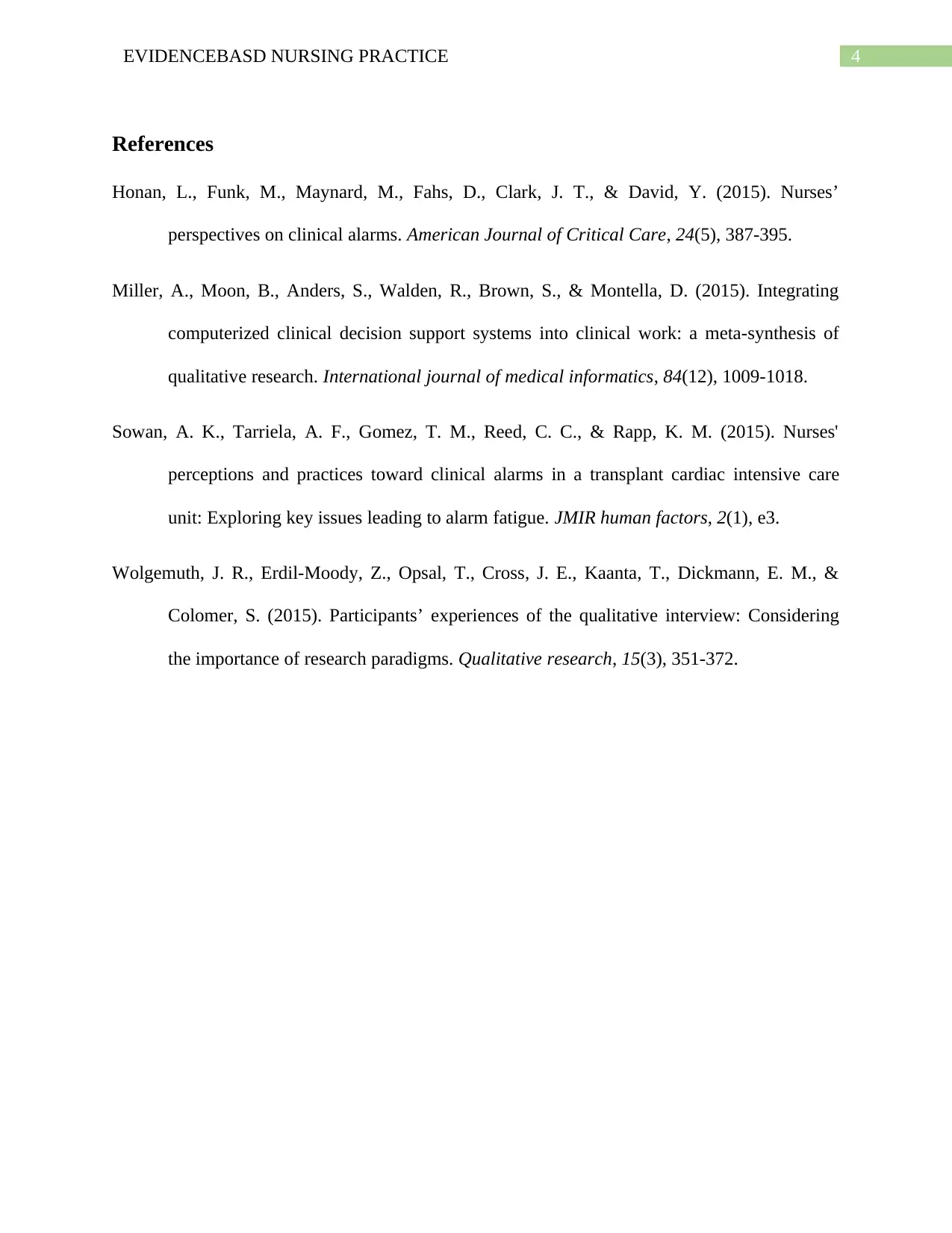






![[object Object]](/_next/static/media/star-bottom.7253800d.svg)